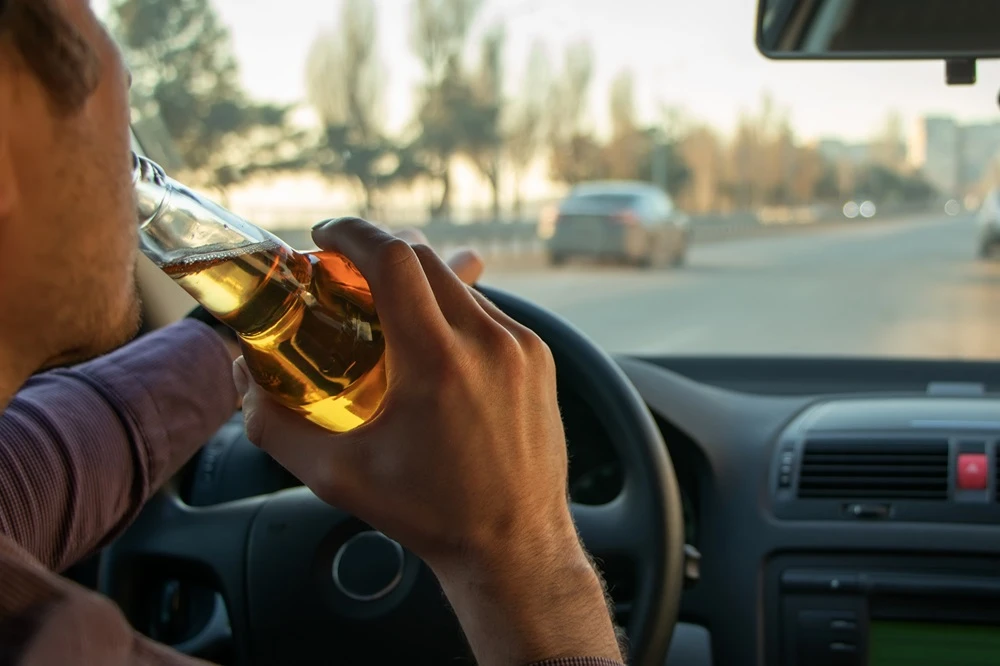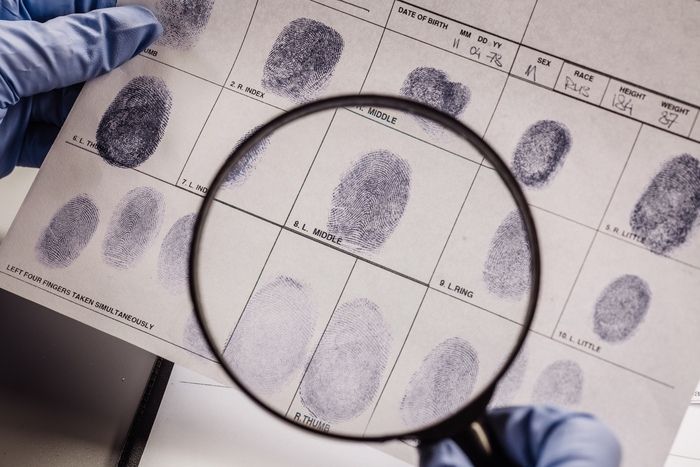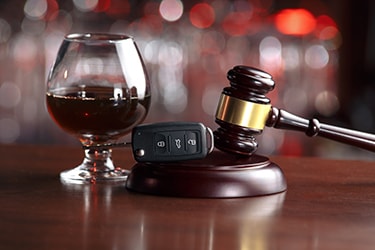In Ohio, a person is guilty of driving under the influence (OVI) if they operate a motor vehicle with a blood alcohol content of 0.08 or higher. When someone’s blood alcohol content is significantly higher, the offense becomes a “high tier” OVI. A “high tier” OVI carries criminal penalties that are much more severe than the penalties for a typical OVI. If you find yourself in this situation, it’s crucial to seek the expertise of a Dayton DUI lawyer who can help navigate the complexities of your case.
What is a High Test Result Under Ohio’s High Tier OVI Laws?

When the police suspect a person of driving under the influence, they may ask that person to submit to a chemical test. This test measures the person’s blood alcohol content. If the test results show that the person has a blood alcohol content of 0.08 or more, the driver will likely face an OVI charge. If the test results show that the person’s blood alcohol content is equal to or greater than 0.17, the person faces a “high tier” OVI charge.
What test results qualify as a “high” under Ohio drug laws? Ohio law defines the following results as high, depending on the type of test:
- Breath test: 0.17 or greater
- Urine test: 0.238 or greater
- Blood serum or plasma test: 0.204 or greater
These levels are significantly above the legal limit of 0.08 and may result in enhanced criminal penalties if convicted.
Law enforcement may now also collect oral fluid samples (saliva) via mouth swab to detect recent drug use. While oral fluid testing does not measure impairment, it is newly authorized and may be subject to legal scrutiny.

Our dedicated Dayton attorneys specialize in OVI cases and can guide you through every step.
Criminal Penalties for a High Tier DUI
For a high tier OVI conviction, Ohio law imposes enhanced criminal penalties. The following are potential penalties that could result from a super DUI:
- Suspended driving privileges. The Ohio Bureau of Motor Vehicles (BMV), through an Administrative License Suspension (ALS), will suspend a person’s driving privileges after a test over the legal limit. This means that you may not drive until your driving privileges are reinstated or if the Court grants driving privileges.
- Suspended driver’s license. The court may suspend the individual’s license for one to three years following an OVI conviction.
- Fines. The fines imposed for an OVI range anywhere from $565 to $1,075
- Ignition interlock device. The court will require that the driver install an ignition interlock device at the driver’s expense if convicted of a “high tier” OVI. Ignition interlock devices prevent the operator from starting the car until they pass a breath test. Some devices require a second breath test at random while the vehicle is in operation. If the court grants the person unlimited driving privileges, the person must install an interlock device.
- Restricted license plates. If the court allows the person to continue driving, the person will need to display restricted license plates if convicted of a “high tier” OVI. Restricted license plates are bright yellow with red lettering. The plates signal that the driver has limited privileges because of a driving under the influence conviction.
- Jail time. An individual usually must serve a mandatory 6 six days up to 180 days in jail if convicted of a “high tier” OVI. For a second “high tier” OVI conviction, the sentence ranges from a mandatory 20 days to six months in jail. The punishment for a third “high tier” OVI conviction is at least 60 days in jail and up to one year.
- Probation. The court may require up to five years of probation for a “high tier” OVI conviction.
These penalties often affect the individual’s life significantly because of things like increased insurance rates, associated costs and expenses, and limited ability to travel. Because of the potentially severe consequences of a “high tier” OVI you should immediately seek legal representation to help you in your defense.
Contact an Experienced OVI Attorney in Ohio
If you are facing OVI charges in Ohio, you need an experienced defense attorney on your side. At Gounaris Abboud, LPA, our experienced and distinguished defense lawyers will work hard to protect your rights at every stage of your case.
Contact our legal team today for a free case evaluation. Our lawyers can discuss how we can help you develop a strong legal defense and obtain the best possible outcome.




